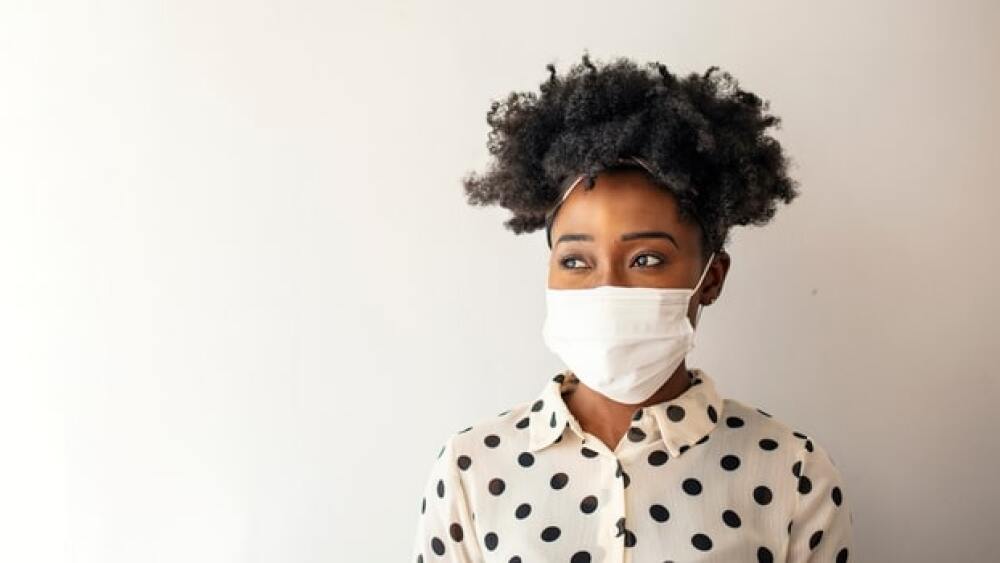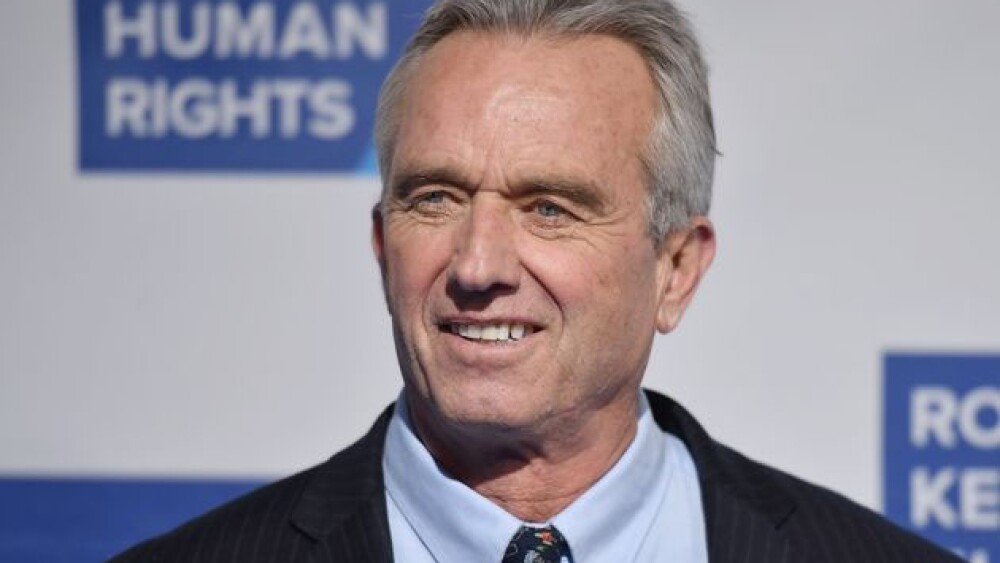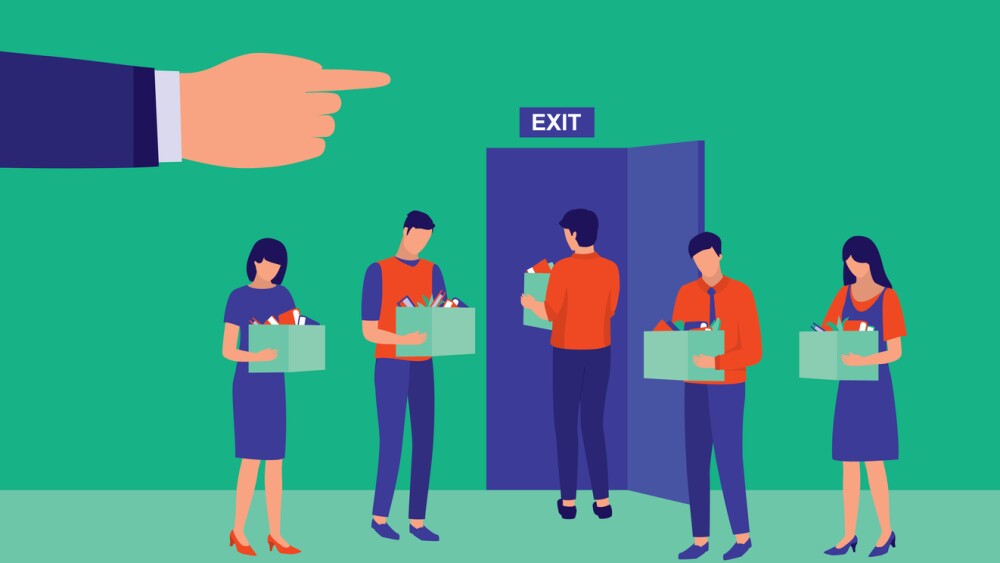Dr. Monica Gandhi, MD, an infectious diseases doctor and professor of medicine at UC San Francisco, poses the hypothesis that masks and other social distancing measures may reduce the viral inoculum – or amount – of the SARS-CoV-2 we contract.
Masks were not an alien concept to North America prior to March – they were just mainly reserved for medical settings and hazardous situations. Fast-forward to 2020 and masks, or face coverings, have become an integral part of our everyday lives. Many people wear them to protect the more vulnerable, but now it turns out that they may actually provide immunizing benefits against severe disease.
Dr. Monica Gandhi, MD, an infectious diseases doctor and professor of medicine at UC San Francisco, poses the hypothesis that masks and other social distancing measures may reduce the viral inoculum – or amount – of the SARS-CoV-2 we contract.
“[Masks] prevents the wearer from getting infected, so there’s a transmission benefit. And then our idea, along with others, because we’re not the only one pushing this viral inoculum idea, is that it will also help us have less severe disease if we do get infected,” Gandhi said.
Gandhi pointed to examples during the early stages of the pandemic of groups on the now infamous cruise ships, along with jails and food processing plants – the Smithfield Foods pork-processing plant in Sioux Falls, South Dakota is a prominent example.
“In larger studies, and in larger outbreaks, the incidence of asymptomatic, or those who didn’t have symptoms with COVID-19, seemed to be going up, and we wanted to explore why that could possibly be. Because driving up the rate of asymptomatic infection would be a good thing with a virus that can have such severe manifestations in some individuals,” Gandhi said. “We would observe then in these situations where people were getting really sick at the beginning in the cruise ships for example, but then later in another cruise ship outbreak where people masked, the rate of asymptomatic infection was much higher, like 80%.”
Gandhi and her team have examined the institution of mask mandates across more than 1,000 U.S. counties, and have found a notable decrease in hospitalizations up to 12 weeks after mask ordinances. This work has been submitted for peer review.
Eight months into the COVID-19 pandemic in the Western world, the virologic, epidemiological and ecological data is just beginning to take shape. One instance, which occurred in March on an army base in Switzerland, is documented in a study led by Dr. Michel Bielecki, a researcher at the Epidemiology, Biostatistics and Prevention Institute, University of Zurich, and Chief Medical Officer at a North Atlantic Treaty Organization (NATO) base in the Balkans.
The study, which involved two groups of soldiers – one infected before the onset of social distancing measures, and one after – concluded that “social distancing not only can slow the spread of SARS-CoV-2 in a cohort of young, healthy adults, but it can also prevent the outbreak of COVID-19 while still inducing an immune response and colonizing the nasal passages.
Bielecki told BioSpace in an interview that while his team did consider potential factors other than the implementation of mask wearing and other social distancing measures, they didn’t appear to come into play.
“When analyzing our results, we also considered possible confounders based on gender distribution, UV-irradiation or place of origin,” Bielecki said. “A key role for gender in the spread of the disease is unlikely as other studies have reported no differences in viral shedding between males and females. Because company one, at a higher altitude, was affected later than companies two and three, climatic differences such as different levels of UV radiation are a possible explanation. However, these varied little between March 11th an March 31st, 2020, at Airolo.”
Bielecki added that in terms of the origin factor, Switzerland is a small, very homogenous country.
If social distancing and wearing masks could allow us to contract “COVID-19 Lite”, and potentially acquire immunity in the process, why aren’t politicians and health leaders shouting it from the rooftops as an additional motivator?
“Scientifically, it is crystal clear that such measures are effective in stopping the pandemic and preventing COVID-19. Why governments and health leaders don’t promote it more? You tell me…at the same time, the findings sound so trivial, that people don’t understand it at first. No transmission when wearing masks? That’s clear to everyone – almost – but weakened or asymptomatic disease? That’s new,” explained Bielecki.
Does the level of the infecting dose reduce the risk of transmission to others? This is a question especially pertinent to those caring for family members ill with the COVID-19 virus, but it also has an impact on our overall risk when simply leaving our houses.
A study conducted by Dr. Paul Little, Professor of Primary Care Research at the University of Southampton, explains that the answer is difficult to prove.
“It is intuitive that viral load should influence the incidence and severity of disease. The main problem is that measuring the viable infecting dose of the virus in people is extremely challenging: contemporary measures of viral density, viability, and viral contamination are all hard to obtain. Establishing the relation between infecting dose and the likelihood of developing disease is therefore difficult,” Little et al state in the BMJ.
The researchers go on to say that animal studies in other similarly functioning diseases do provide a clue:
“We are not aware of infecting dose experiments with animal models of covid-19, but animal models of other viral infections show that variation in the infecting dose determines how many animals get infected and how severe the illness is…a dose-response has also been shown in mouse models with several strains of SARS-CoV-1, which is closely related the virus causing covid-19 (SARS-CoV-2).”






